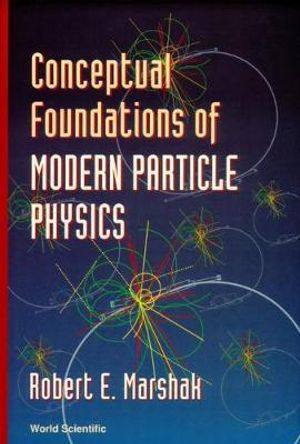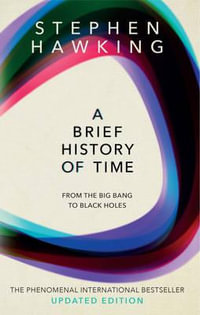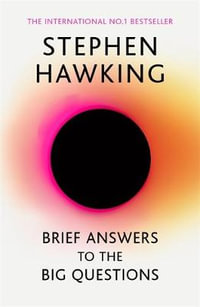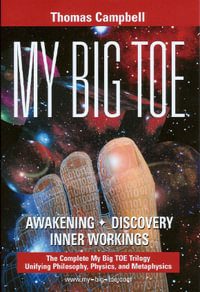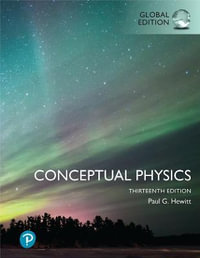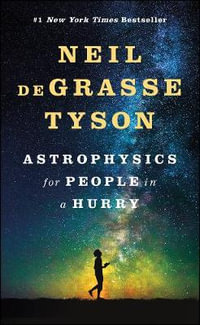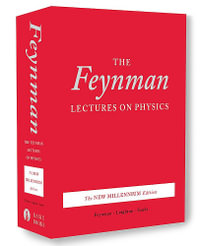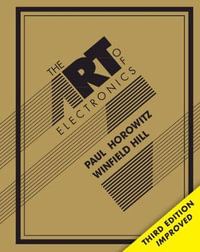| List of Figures | |
| List of Tables | |
| Foreword | |
| Preface | |
| Genesis of Modern Particle Physics | p. 1 |
| Historical introduction (prior to 1945) | p. 1 |
| Startup period (1945-60): early contributions to the basic concepts of modern particle physics | p. 5 |
| Heroic period (1960-75): formulation of the standard model of strong and electroweak interactions | p. 30 |
| Period of consolidation and speculation (1975-90): precision tests of the standard model and theories beyond the standard model | p. 58 |
| Space-Time Symmetries in Quantum Field Theory | p. 91 |
| Continuous space-time symmetries | p. 91 |
| Discrete symmetries | p. 109 |
| Special topics in space-time symmetries | p. 129 |
| Global Internal Symmetries and Their Spontaneous Breakdown | p. 146 |
| Global Abelian internal symmetries | p. 146 |
| Global non-Abelian internal symmetry groups | p. 153 |
| Global chiral quark flavor symmetry group and current algebra | p. 170 |
| Spontaneous breaking of global internal symmetries and the Goldstone theorem | p. 175 |
| Some applications of current algebra to particle physics | p. 181 |
| Gauge Symmetry Groups and Their Spontaneous Breakdown | p. 199 |
| From global symmetries to dynamics in quantum field theory | p. 199 |
| Abelian gauge theory of electromagnetism (QED) | p. 205 |
| Non-Abelian gauge groups | p. 214 |
| Spontaneous symmetry breaking (SSB) of gauge groups | p. 218 |
| Regularization and renormalizability of gauge theories | p. 231 |
| Dirac's magnetic monopole and electric charge quantization | p. 255 |
| Gauge Theory of the Strong Interaction (QCD) | p. 265 |
| Massless quark limit in gauged SU(3) color | p. 265 |
| Asymptotic freedom in the unbroken SU(3) color group (QCD) | p. 271 |
| Color confinement in QCD | p. 309 |
| Special topics in QCD | p. 317 |
| Gauge Theory of the Electroweak Interaction (QFD) | p. 334 |
| Universal (V-A) charged current theory of weak interactions | p. 334 |
| Gauge theory of the electroweak interaction (QFD) | p. 339 |
| Highlights of electroweak phenomenology | p. 349 |
| Special topics in QFD | p. 386 |
| Chiral Gauge Anomalies in the Standard Model | p. 413 |
| Chiral anomalies in four-dimensional quantum field theory | p. 413 |
| Perturbative triangular axial and chiral gauge anomalies in quantum field theory | p. 417 |
| Non-perturbative global SU(2) chiral gauge anomaly and self-consistency of the standard model | p. 438 |
| Perturbative mixed gauge-gravitational anomaly and its cancellation in the standard model | p. 443 |
| Anomaly-free constraints on Weyl representations of the standard group | p. 446 |
| Higgs breaking of the electroweak group and electric charge quantization (ECQ) | p. 450 |
| Four-dimensional chiral gauge anomaly constraints beyond the standard model | p. 452 |
| Unification of Strong and Electroweak Interactions | p. 461 |
| Linkages between QCD and QFD | p. 461 |
| Arguments for unification of QCD and QFD | p. 466 |
| SU(5) GUT and proton decay | p. 472 |
| B - L local symmetry, partial unification and SO(10) GUT | p. 480 |
| E[subscript 6] grand unification | p. 501 |
| Fermion Generation Problem and Preon Models | p. 508 |
| Non-preon approaches to the fermion generation problem | p. 508 |
| Similarities and differences between the composite preon and composite quark models | p. 516 |
| Phenomenological lower limit on the preon metacolor scale | p. 524 |
| Paradigmatic preon models of quarks and leptons (based on gauged metacolor and gauged metaflavor) | p. 527 |
| "Realistic candidate" preon models of qarks and leptons | p. 540 |
| Topological Conservation Laws | p. 559 |
| "Noether" and topological conservation laws | p. 559 |
| Topological solitons in field theory in D = 2 to D = 4 space-time dimensions | p. 564 |
| Instantons in Euclidean four-space | p. 591 |
| Homotopy groups and the index theorem | p. 623 |
| Topological (baryonic) solitons in the Skyrme model | p. 635 |
| References | p. 655 |
| Index | p. 659 |
| Table of Contents provided by Blackwell. All Rights Reserved. |
